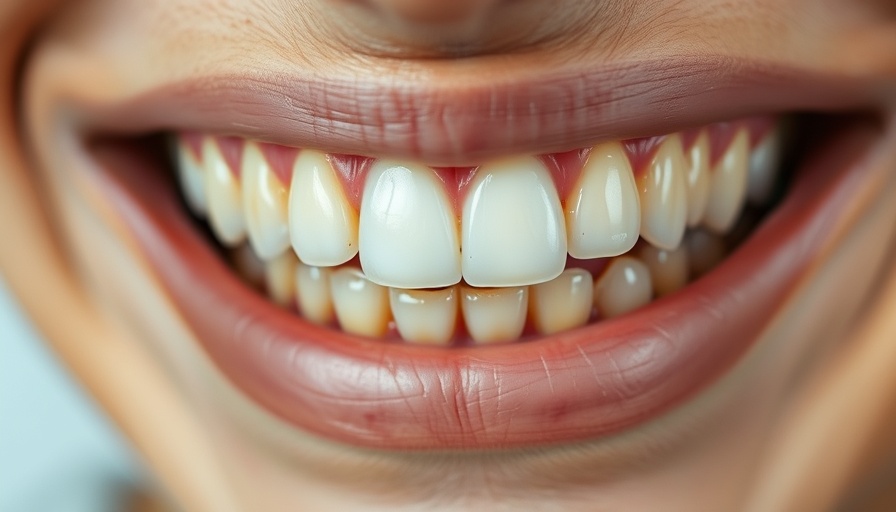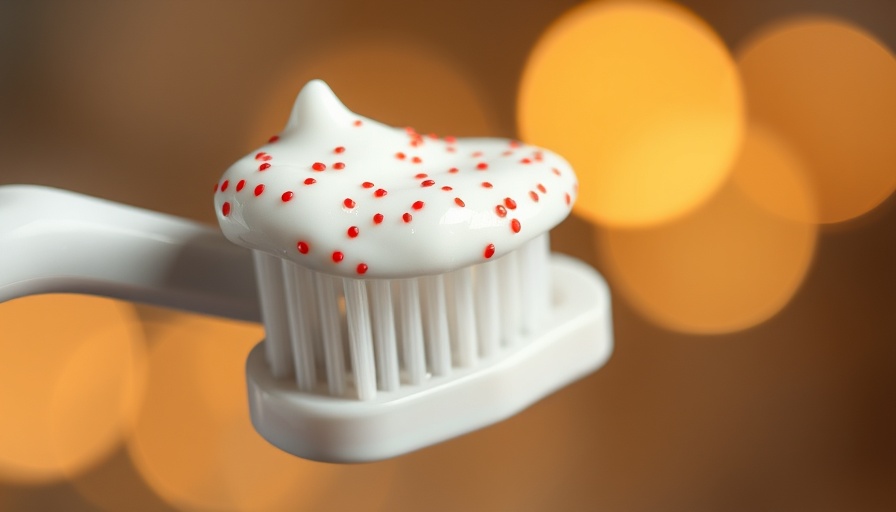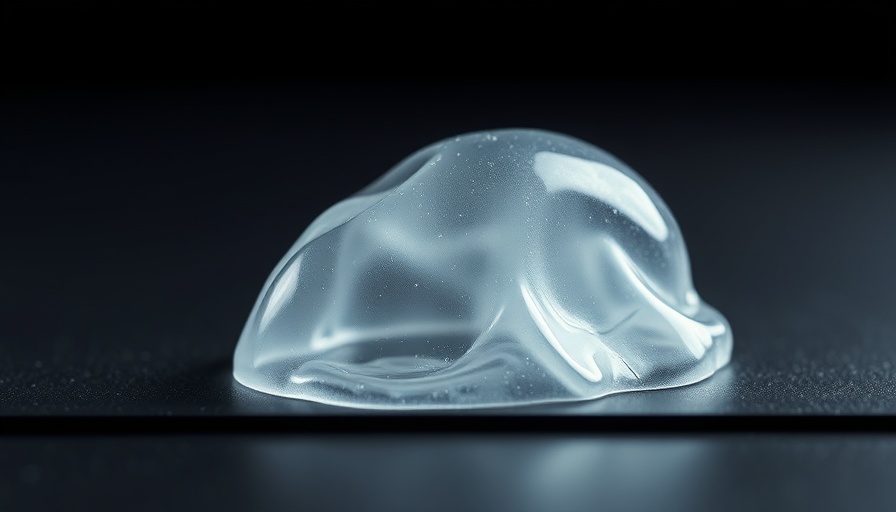
Understanding Sleep Bruxism and Its Link to TMD
Sleep bruxism, a condition characterized by the involuntary grinding or clenching of teeth during sleep, has long been considered a benign issue. However, emerging research highlights its significant implications for dental health, particularly regarding temporomandibular disorders (TMD). A recent study has brought to light a concerning association: individuals suffering from sleep bruxism are at a higher risk of experiencing TMD recurrence post-treatment.
The Impact of TMD on Daily Life
Temporomandibular disorders encompass a range of conditions that affect the jaw joint and surrounding muscles. Symptoms can include pain, difficulty chewing, and limited jaw movement, which can severely impact one's quality of life. For those already struggling with the discomfort of TMD, the additional burden of sleep bruxism complicates recovery, leading to higher rates of recurrence after treatment.
What Does the Latest Research Say?
The study in question analyzed patient data to determine the correlation between sleep bruxism and TMD treatment outcomes. Findings indicated that patients with a history of bruxism were more likely to experience a return of TMD symptoms within a short period after treatment compared to those without bruxism. This reinforces the need for a comprehensive approach to treatment that addresses both conditions simultaneously.
A Multifaceted Approach to Treatment
Addressing bruxism requires recognizing its potential underlying causes, which can include stress, anxiety, and even misaligned teeth. Treatment options may vary from behavioral therapies to dental interventions, such as bite splints, designed to alleviate grinding and protect the teeth. By targeting both sleep bruxism and TMD concurrently, dental professionals could potentially improve patient outcomes significantly.
Preventive Measures and Lifestyle Adjustments
For patients looking to mitigate the effects of bruxism and TMD, several preventive measures can be beneficial. Stress management techniques like yoga, meditation, or counseling can help reduce the frequency of teeth grinding. Additionally, maintaining a balanced diet and staying hydrated can aid in overall muscle relaxation, contributing to better oral health.
Conclusion: Raising Awareness and Taking Action
As the connection between sleep bruxism and TMD becomes clearer, it is crucial for both patients and dental professionals to be aware of this relationship. Regular check-ups, open communication about symptoms, and an understanding of the link can lead to more effective treatment strategies. If you suspect you may be suffering from bruxism or TMD, consult with a dental professional to explore your treatment options and take proactive steps towards improved oral health.
 Add Row
Add Row  Add
Add 




Write A Comment